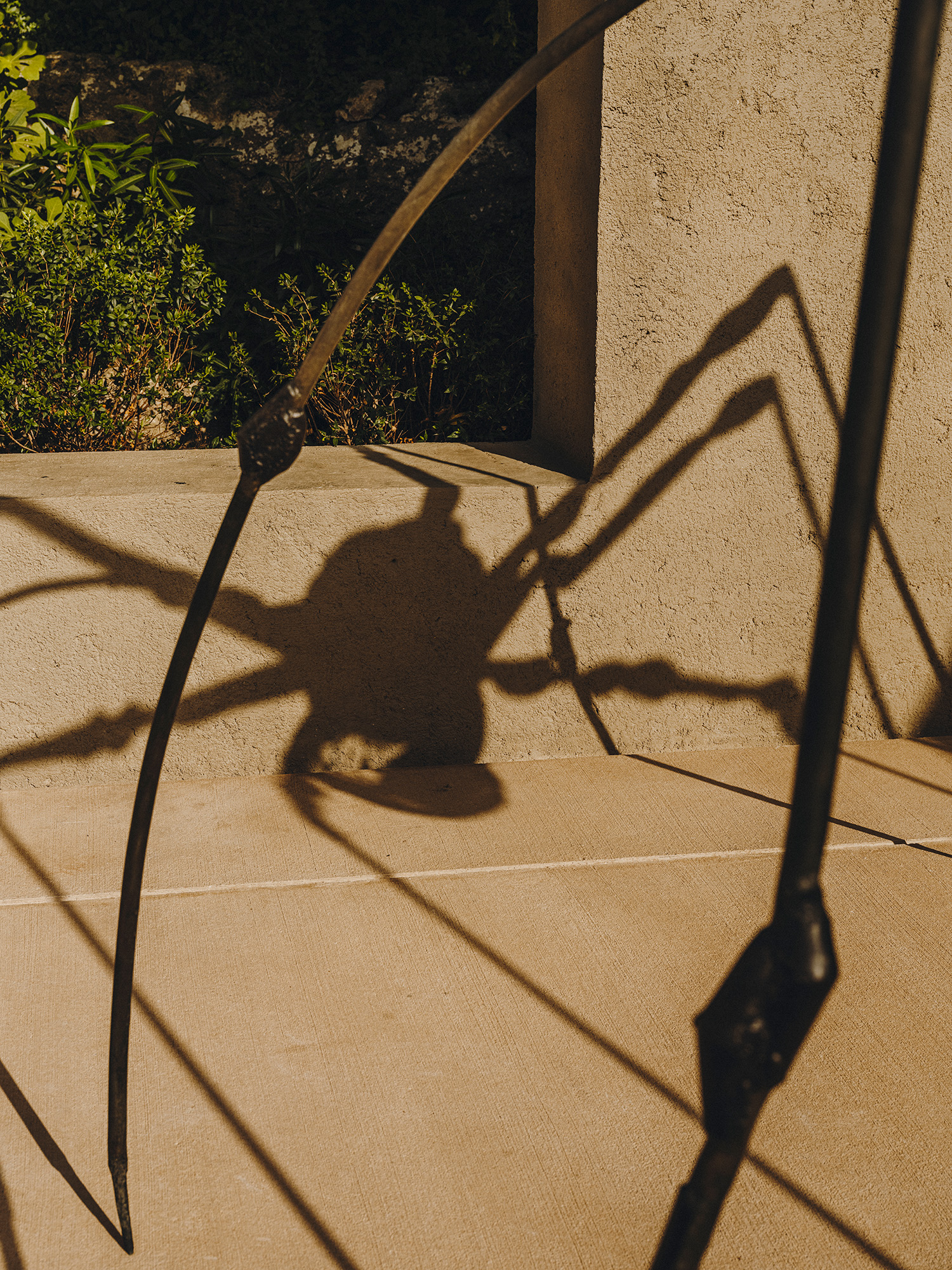
Hauser & Wirth Menorca
An island within an island
In the autumn, when you read this article, little or nothing new will remain to be said about the cultural centre and gallery Hauser & Wirth opened this summer in Menorca. But I’m actually visiting it more than a month before it opens. The exhibition spaces are empty, and in the Cantina, the finishing touches are being added to welcome all those who want to take shelter from the sun and gather their strength in a summer with temperatures that will reach record highs.
It’s 8 June 2021, forty days before the centre is to open. My welcoming committee is not the couple for whom the renowned Swiss gallery is named, but rather a new family created in this cosy space in the heart of the Isla del Rey: Luis Laplace, the architect behind the project; Mar Rescalvo Pons, the centre’s director; and Marta Coll, head of press and communication.
Marta picks me up at the port in Mahon and explains the history of this unique strategic enclave as we sail the waters of the port. She tells me that in 1711, during the period of English rule, Admiral John Jennings ordered a naval hospital be built here so that those wounded in any future conflicts would not have to be taken inland on Menorca. The hospital is still a living part of the island, and the non-profit foundation created to preserve it, ‘Els Amics de l’Illa de l’Hospital’ (Friends of Hospital Island), is working to restore the central building. Hauser & Wirth is not involved with the work on this building, but rather with an industrial storage complex that was added to the front of the building in 1784 to house the hospital’s medical supplies.
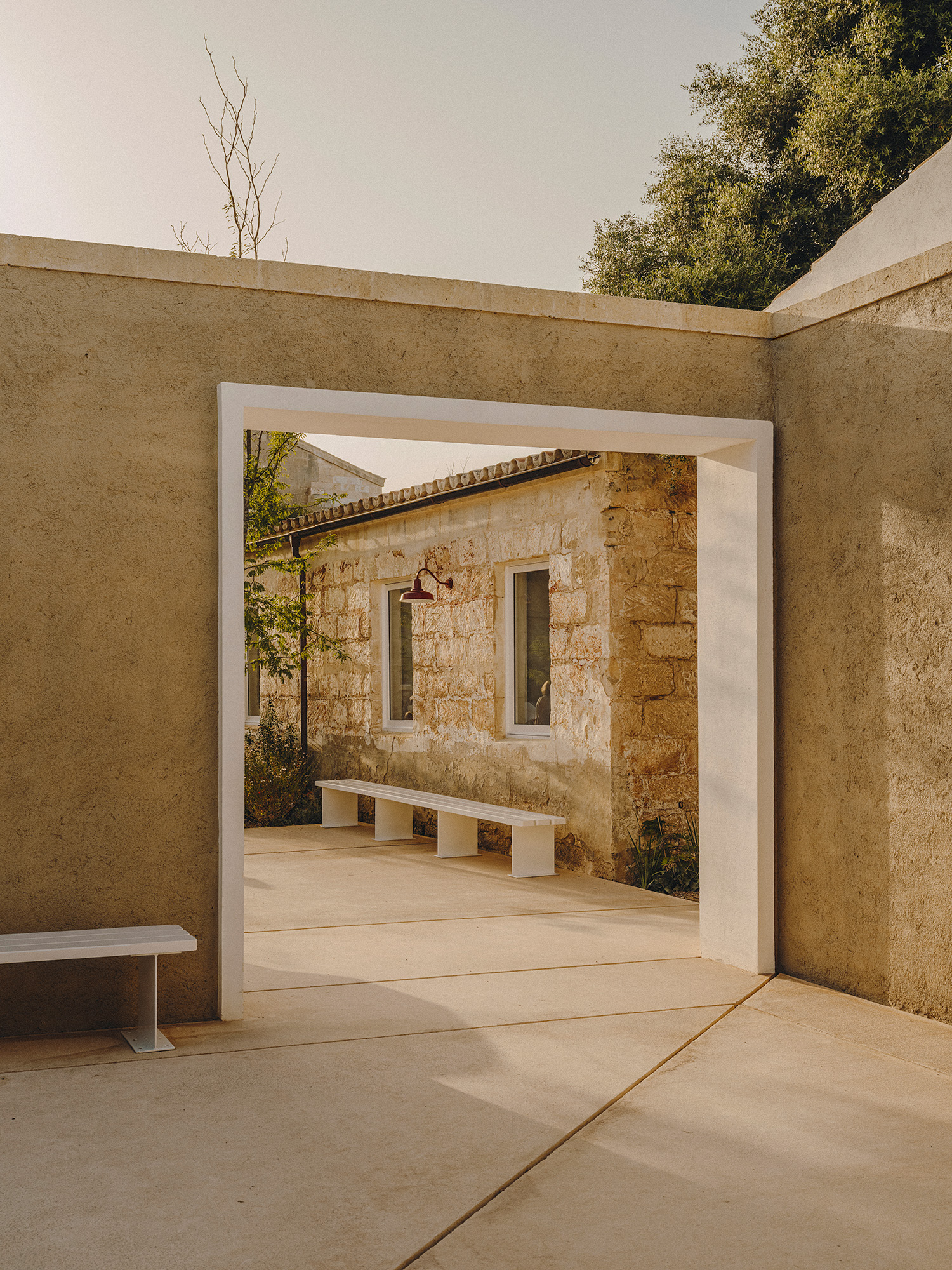
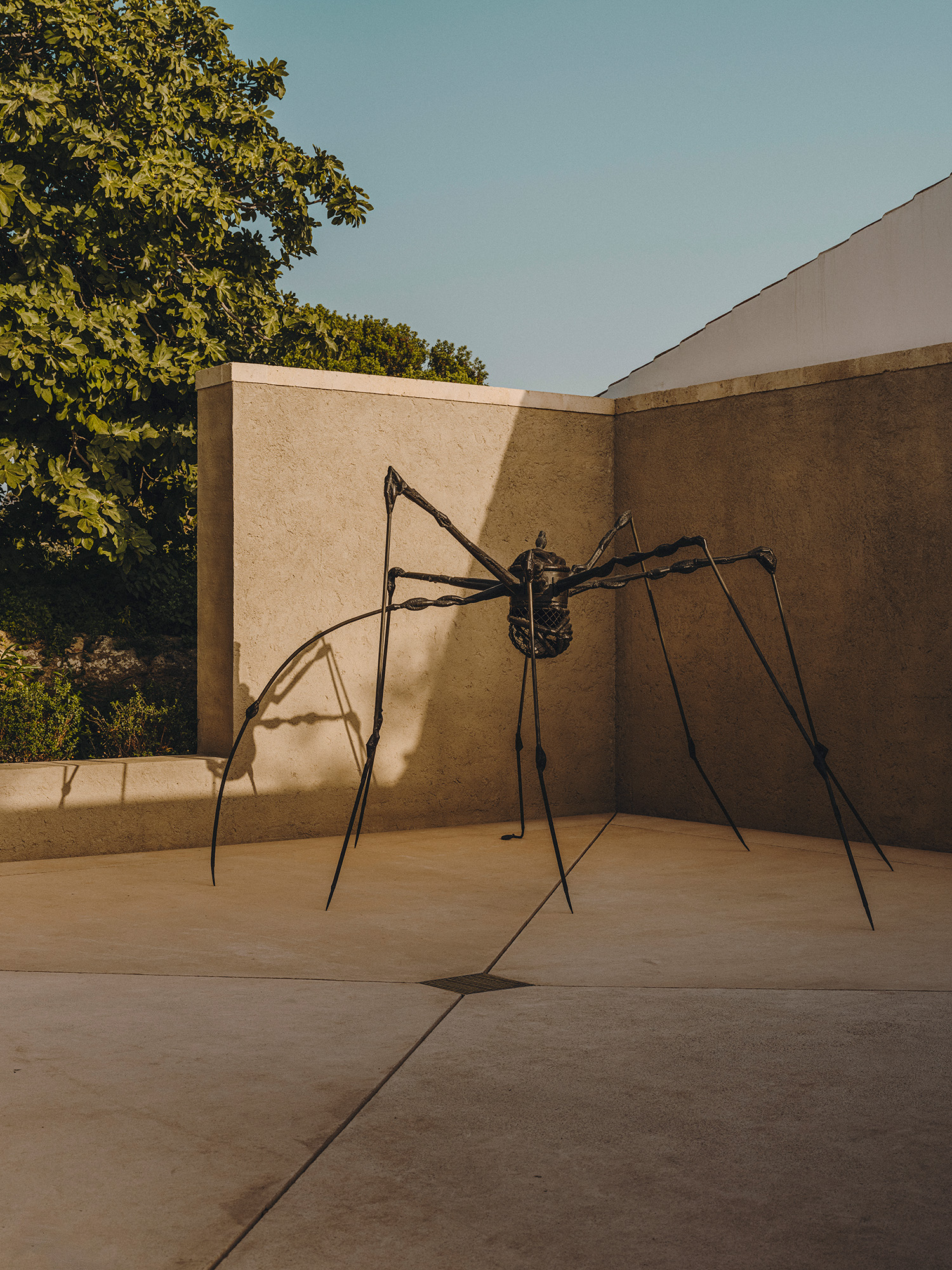 Louise Bourgois Spider, 1994
@The Easton Foundation / Lisenced by VEGAP, Barcelona 2021
Louise Bourgois Spider, 1994
@The Easton Foundation / Lisenced by VEGAP, Barcelona 2021We finally land on the Isla del Rey, and under the blazing sun, we meet Luis and Mar. The three members of the team are buzzing with nerves and excitement about explaining the project. The rapport between them is obvious. They finish each other’s sentences, joke with each other, and radiate a natural ease that makes me feel almost immediately at home.
The first stop on our tour is in the main courtyard, whose wall splits in the centre to form a perfect square that opens to the outside. “We wanted to highlight the fig tree, as this is the biggest opening in the whole project,” explains Luis. In the cosy little space that serves as the entrance to the gallery, we are greeted by a Louise Bourgeois spider. The midday sun plays with the piece, tracing the insect’s body in shadow on the floor and making it crawl up the walls as the hours go by.
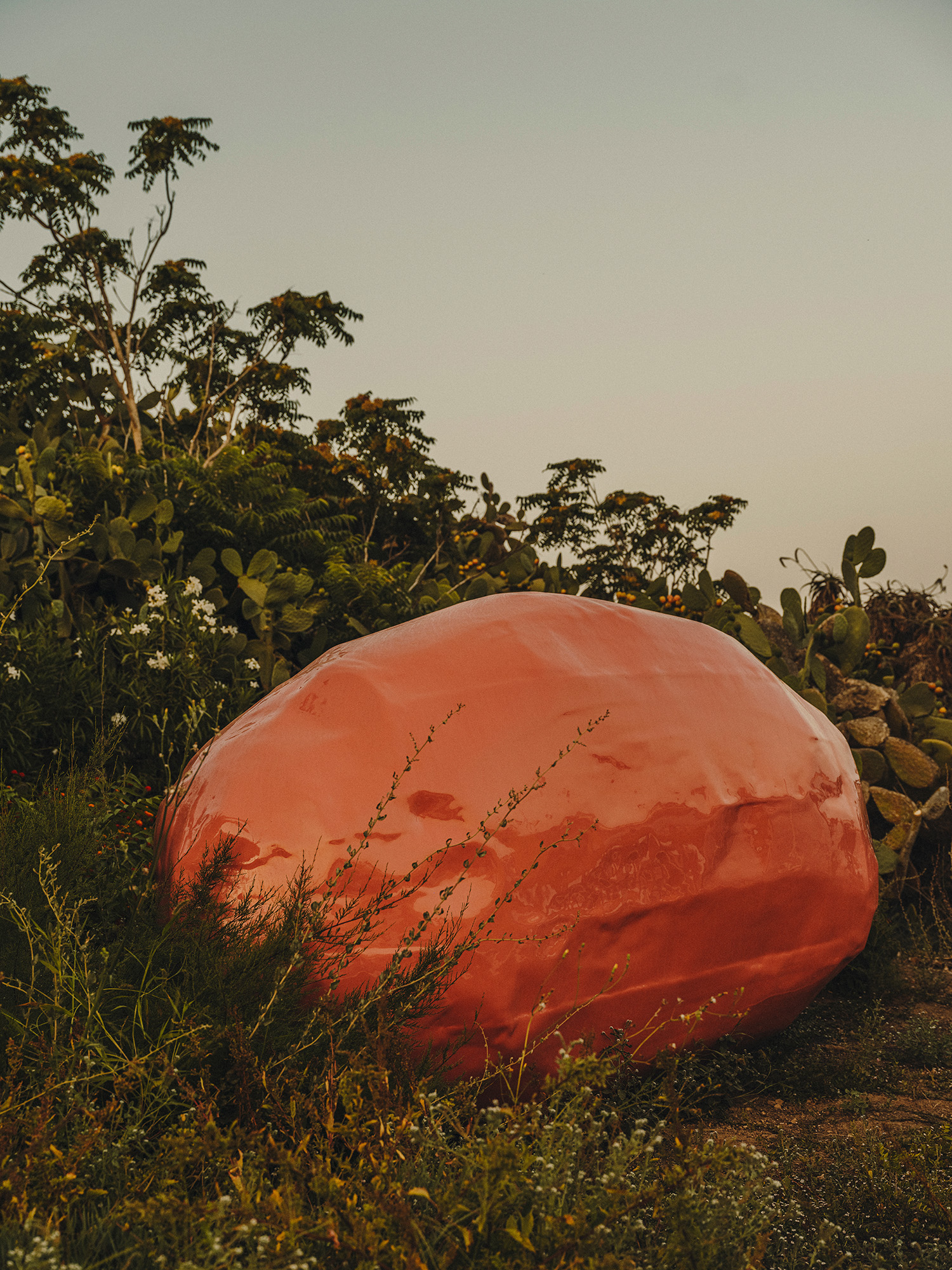 Franz West
Autostat, 1996
Franz West
Autostat, 1996 Eduardo Chillida
Elogio del vacío VI, 2000
@Zabalaga Leku, VEGAP, Barcelona 2021
Eduardo Chillida
Elogio del vacío VI, 2000
@Zabalaga Leku, VEGAP, Barcelona 2021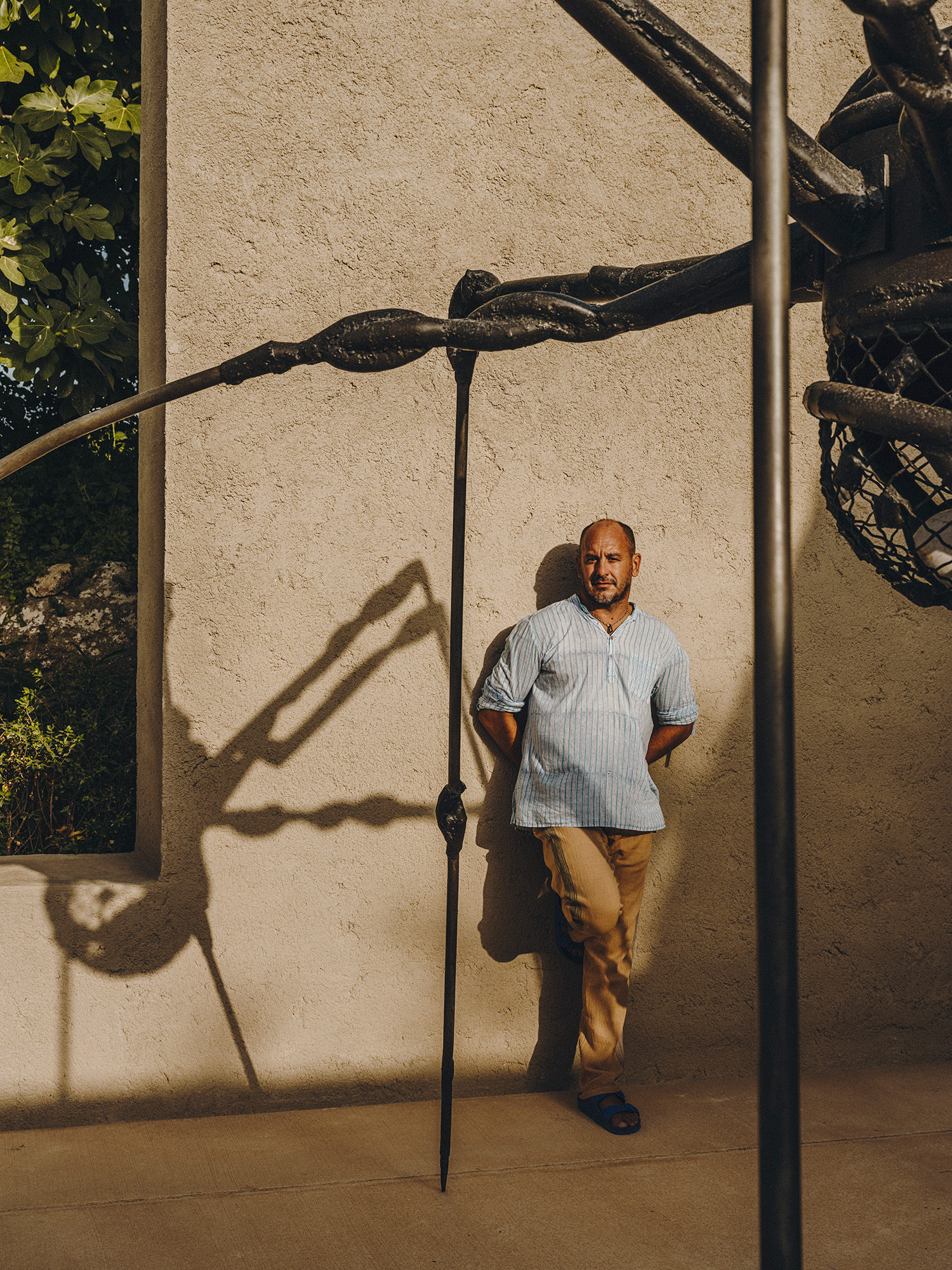 Luis Laplace and Louise Bourgois Spider
@The Easton Foundation / Lisenced by VEGAP, Barcelona 2021
Luis Laplace and Louise Bourgois Spider
@The Easton Foundation / Lisenced by VEGAP, Barcelona 2021As we tour the different spaces that make up the centre, Luis explains to me that a decade ago, Manuela Hauser and Iwan Wirth – with whom he was visiting the island – discovered the building hidden under weeds, almost completely buried by the passage of time. “The most incredible thing is that you couldn’t see it from the sea. It was completely overgrown. The roofs were in very poor condition. It was a bit of a rogue building that no one had realised was there”, explains Luis. The restoration of the structure was carried out with great care, preserving as many of the original beams and other materials as possible. “For me, the most interesting challenge was discovering the place, understanding its personality. It’s loaded with history, and that should be showcased rather than denied”.
Being in contact with and nurturing the local community is an essential part of the Hauser & Wirth centre. “Although we have a contemporary art exhibition in the gallery, the rest of the work is focused on joining forces with existing quality cultural projects on the island, creating synergies and increasing what we have to offer”, says Mar.



